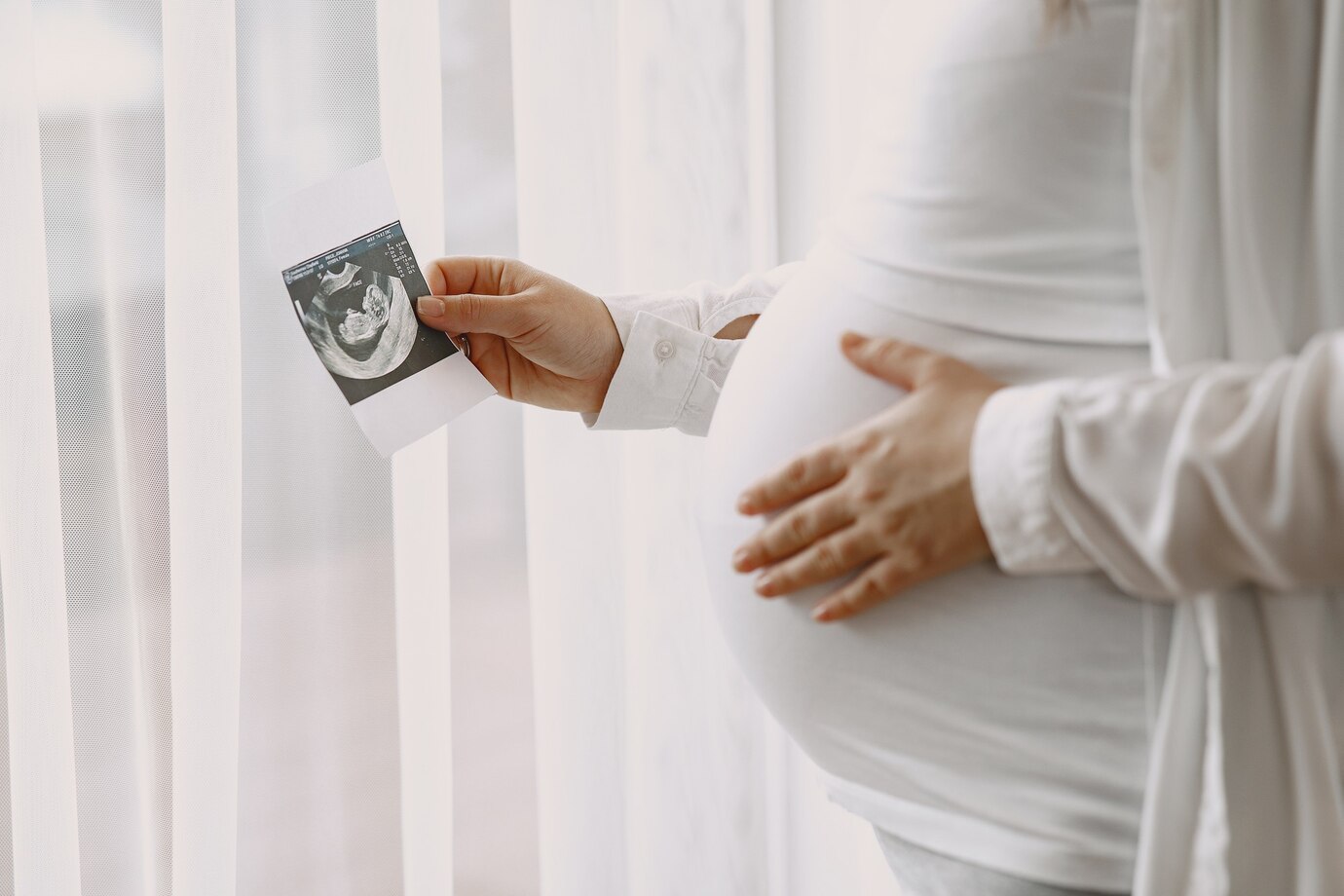A study from Denmark has found a direct link between environmental pollution and infertility rates in men and women.
Researchers investigated how air pollution and road traffic noise influence the chances of conception, highlighting the growing impact of these pollutants on fertility.
A Closer Look at the Study

The study, published in the British Medical Journal (BMJ), analyzed data from over 900,000 Danish men and women between 2000 and 2017.
By tracking levels of fine particulate matter (PM2.5) and road traffic noise, researchers uncovered an increased risk of infertility among those exposed to higher pollution levels over an average of five years. This database uniquely focuses on individuals actively trying to conceive.
Men’s Infertility Linked to Air Pollution

The research revealed that men exposed to elevated levels of PM2.5, a form of air pollution, had a 24% higher risk of being diagnosed with infertility. This confirms the growing evidence that air pollution can negatively impact sperm quality and overall reproductive health.
“PM2.5 was associated with a higher risk of an infertility diagnosis among men,” the study explained.
Noise Pollution: A Hidden Factor for Women

For women over the age of 35, road traffic noise was found to be a leading factor contributing to infertility. The study discovered that women exposed to 10.2 decibels more noise over a five-year period were 14% more likely to be diagnosed with infertility.
Interestingly, noise pollution did not have the same impact on women younger than 35, suggesting age plays a role in this correlation.
The Numbers Behind the Study

Over the 18-year span of the study, infertility was diagnosed in 16,172 men and 22,672 women. The study didn’t include those who had already been sterilized or had undergone procedures to prevent pregnancy.
These findings were drawn from a cohort of individuals who were either married or cohabiting, making the study’s results particularly relevant to those actively trying to conceive.
Air Pollution: A Threat to Sperm Health

Several earlier studies have hinted at the connection between air pollution and sperm quality, but this new research strengthens the case.
The fine particulate matter in the air, commonly found in urban areas, has been shown to decrease sperm motility and viability, further reducing the chances of conception. It turns out that pollution doesn’t just harm lungs—it’s taking a toll on fertility, too.
Road Traffic Noise: More Than a Nuisance

Road traffic noise has long been considered an irritant, but this study shows it may be doing more than keeping people awake at night.
The link between noise pollution and infertility is particularly strong in women aged 35 to 45. As the body ages, it may become more sensitive to environmental stressors, and noise exposure could disrupt key reproductive functions over time.
Declining Birth Rates

As Western countries face declining birth rates and higher maternal age at the first child’s birth, pollution could be one of the hidden contributors.
The researchers emphasized, “If our results are confirmed in future studies, it suggests that political implementation of air pollution and noise mitigations may be important tools for improving birthrates in the Western world.”
A Global Issue

While this study focused on Denmark, pollution-induced infertility is a global concern.
Countries with high levels of air pollution, like China and India, may also experience similar trends.
Preventable or Inevitable?

Can anything be done to reduce the impact of pollution on fertility? The study suggests that lowering air and noise pollution could improve fertility rates, but implementing such measures will require political will and global cooperation.
Environmental regulations, improved urban planning, and clean energy initiatives could all play a role in reducing these hidden infertility risks. That, of course, is easier said than done, though.
Other Risk Factors for Infertility

While pollution is a significant factor, other contributors to infertility include tobacco and alcohol use, obesity, and sexually transmitted infections.
Exposure to environmental chemicals like pesticides and radiation are also known risk factors. These health issues, combined with pollution, could create a perfect storm of infertility risk for individuals trying to conceive.
The Future of Fertility Research

Freepik
As researchers continue to explore the link between environmental factors and fertility, further studies are needed to confirm these findings.
The results of this Danish study could pave the way for future research and ultimately influence global health policies aimed at protecting reproductive health from environmental threats.








































